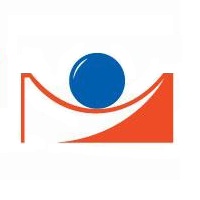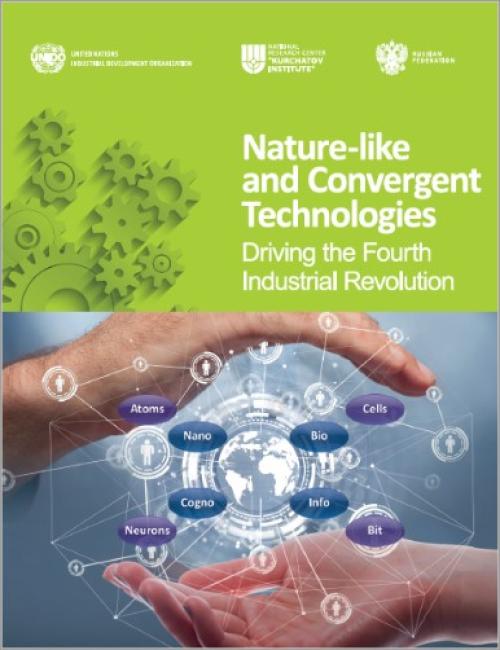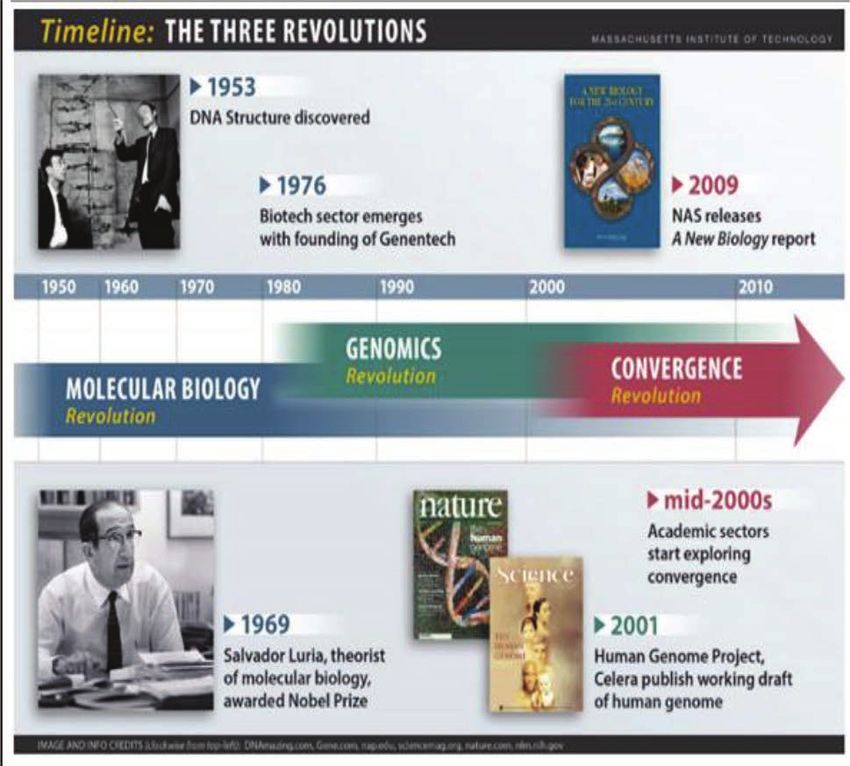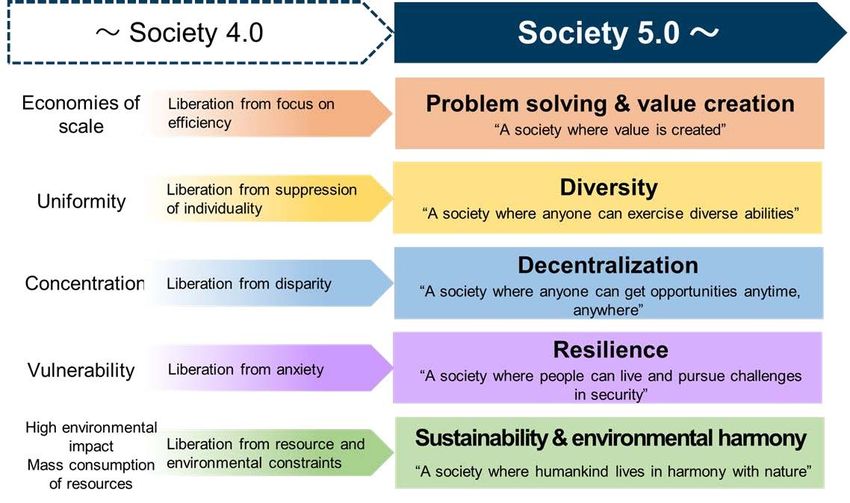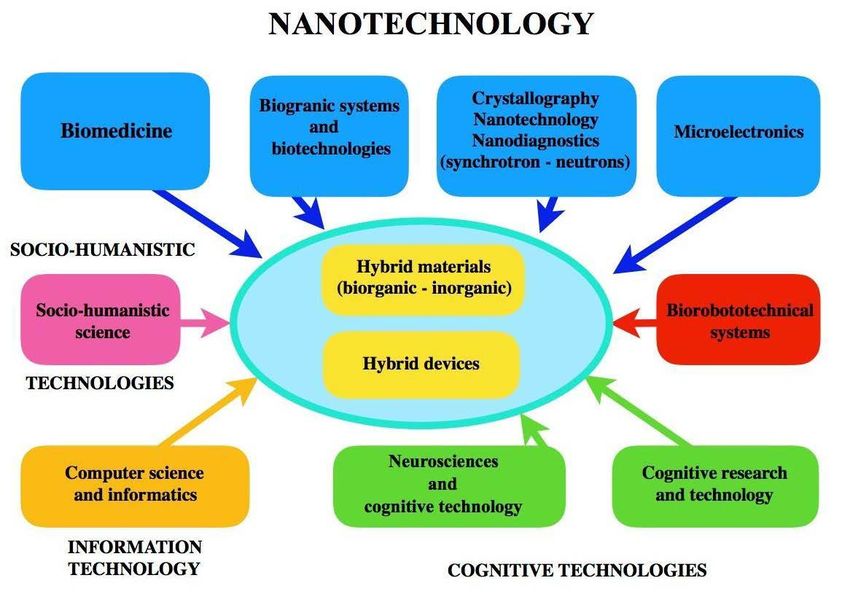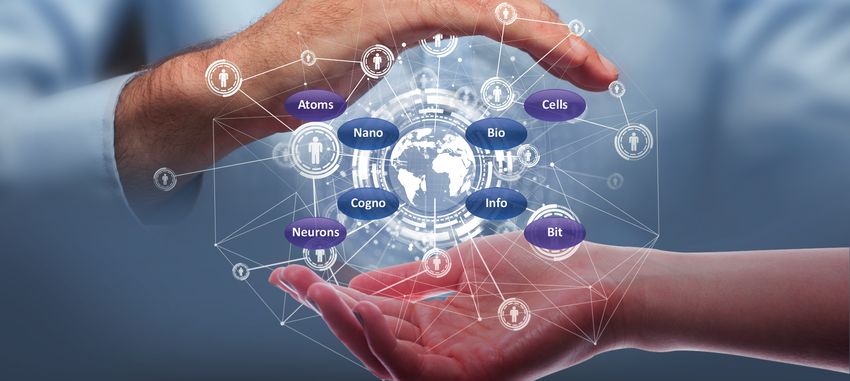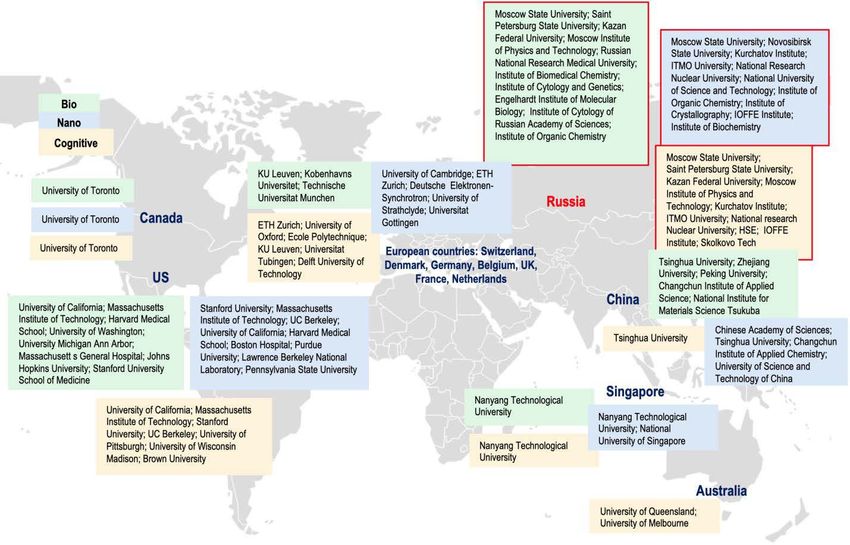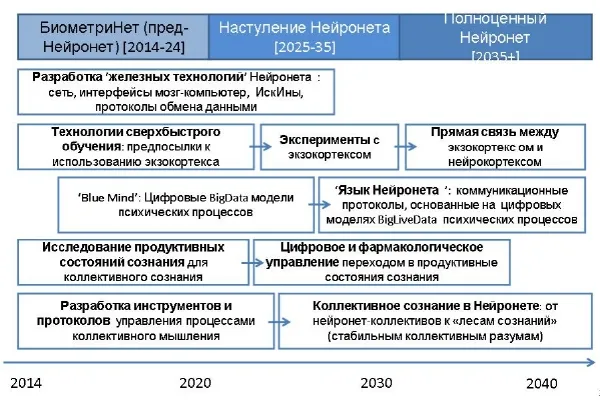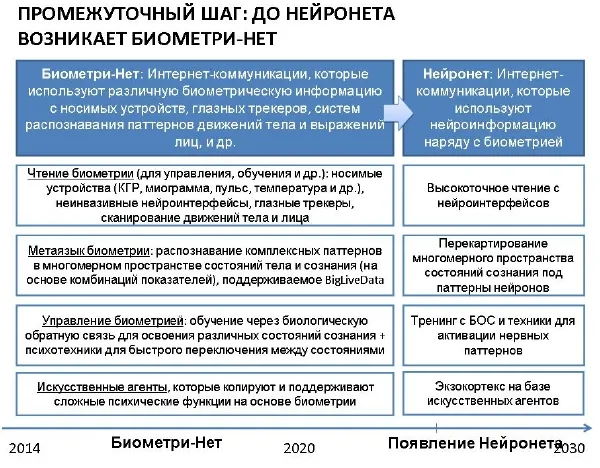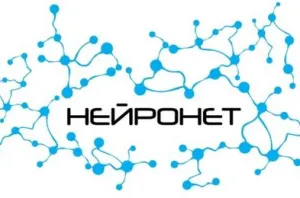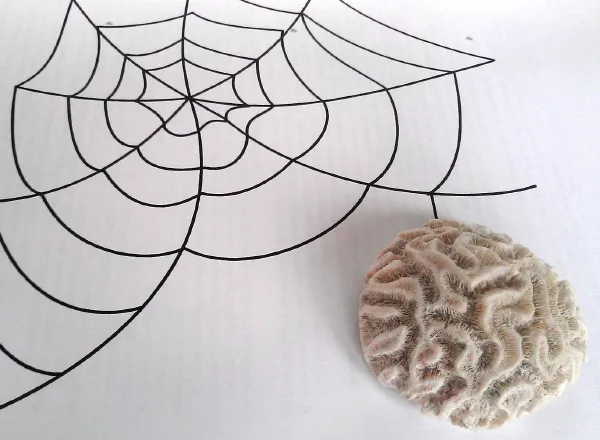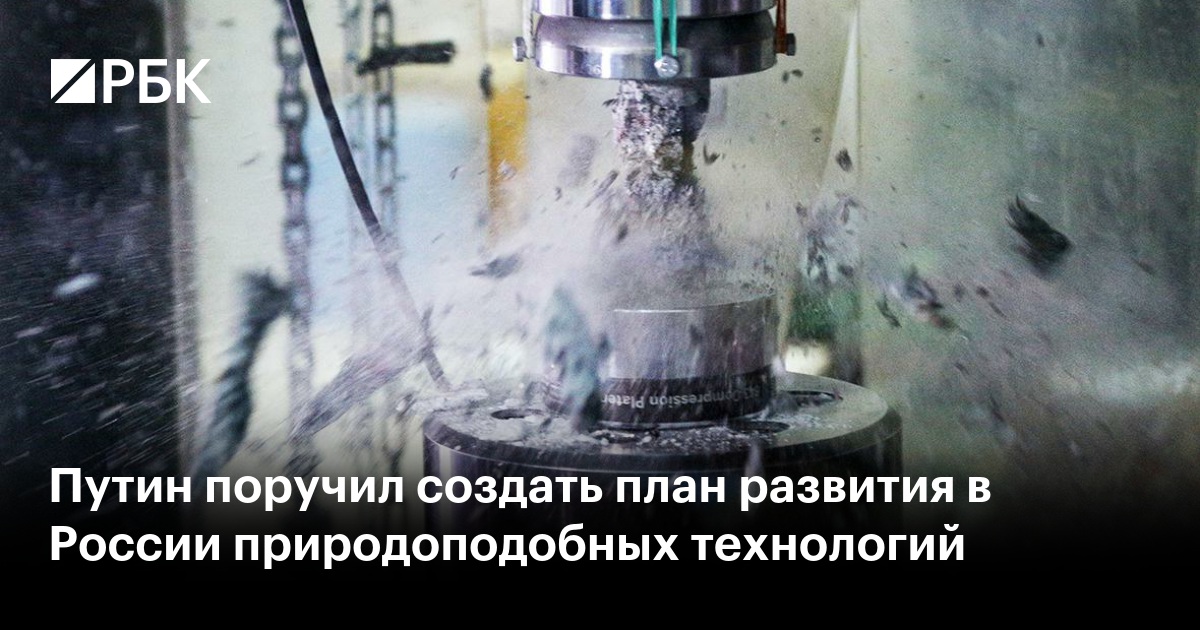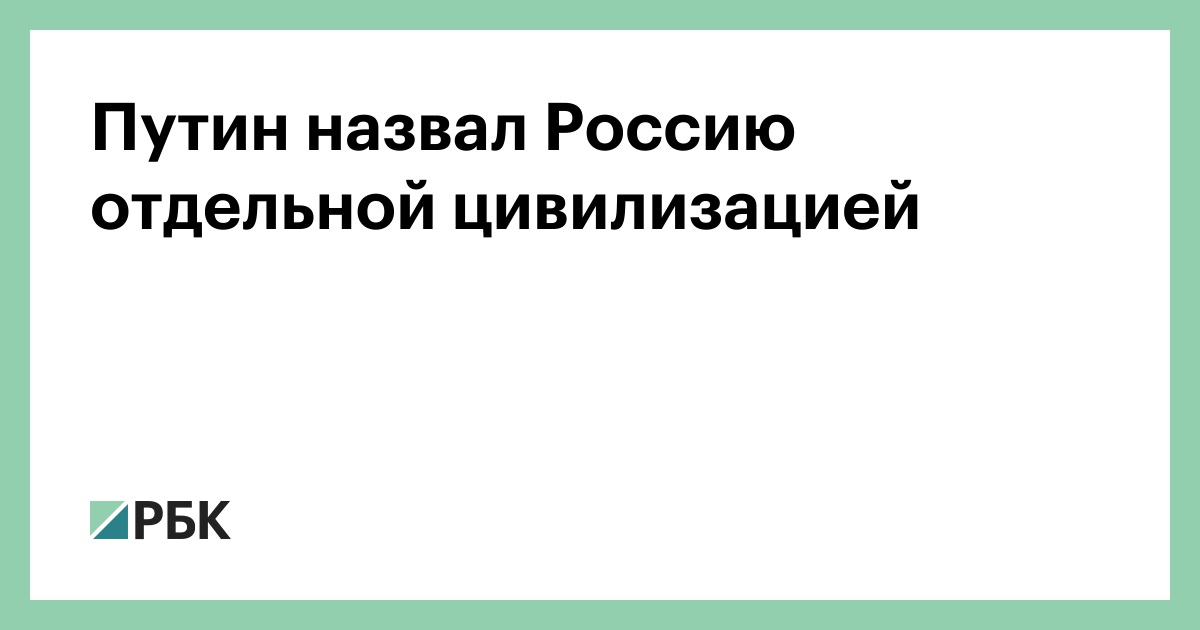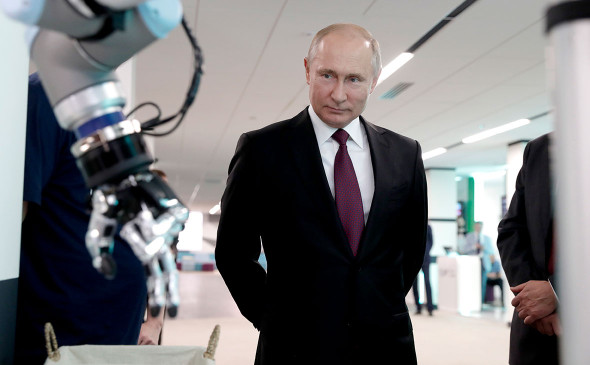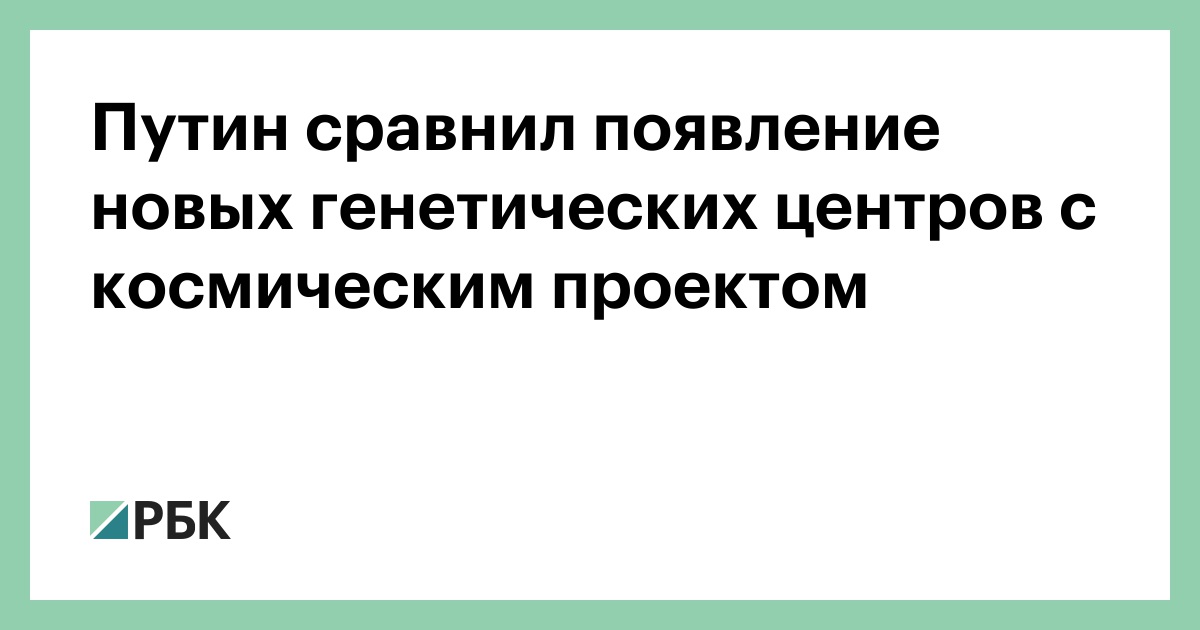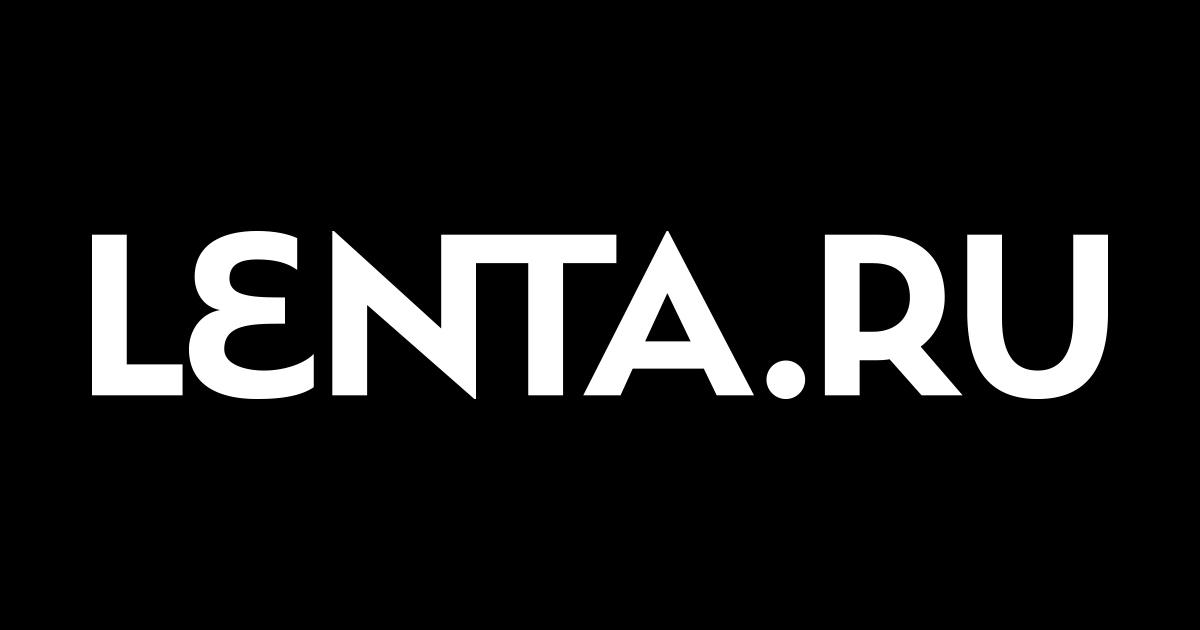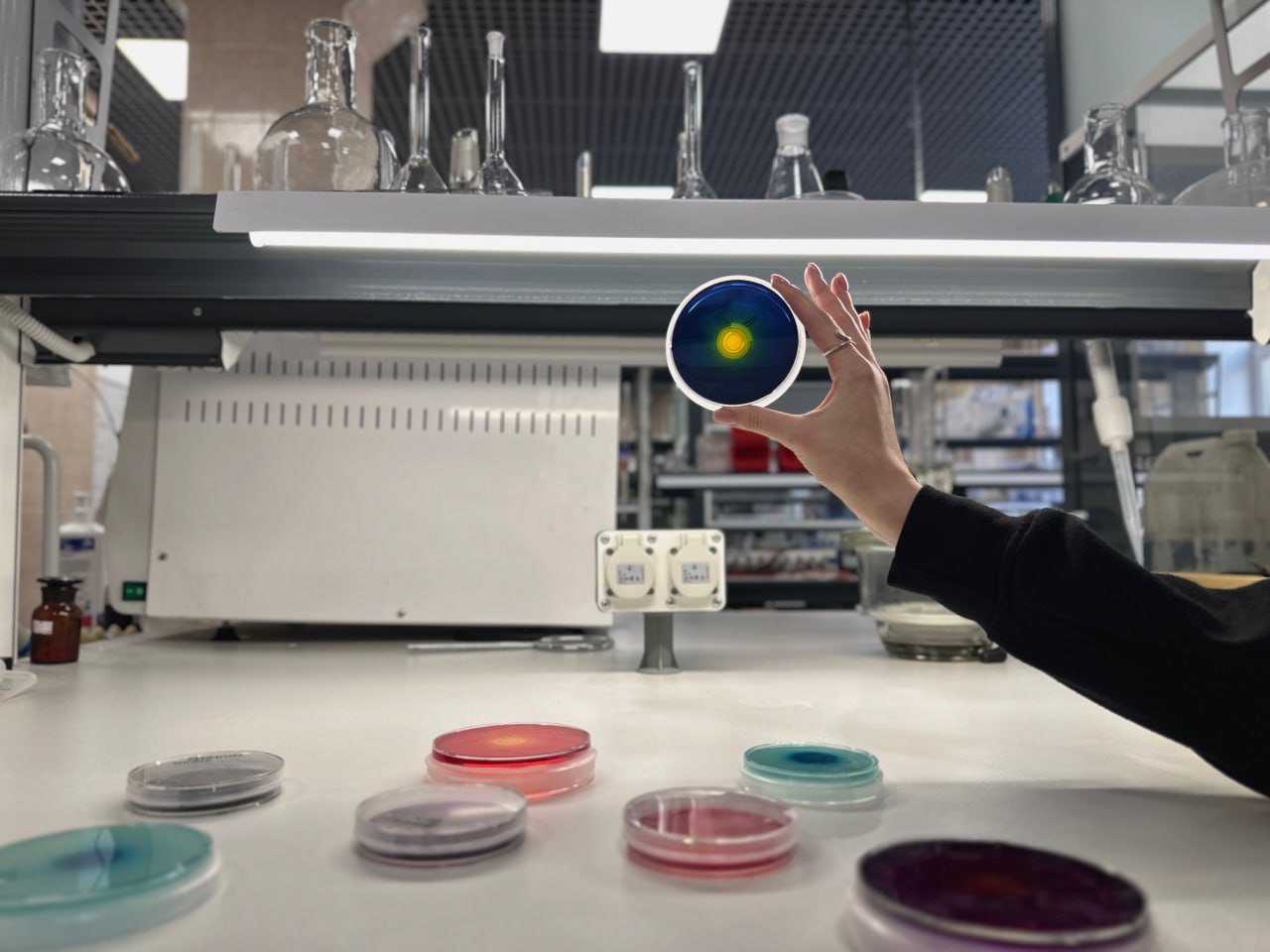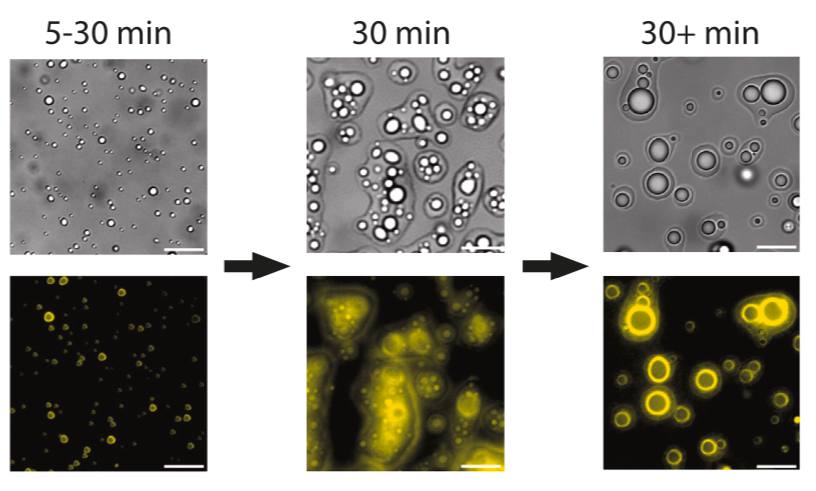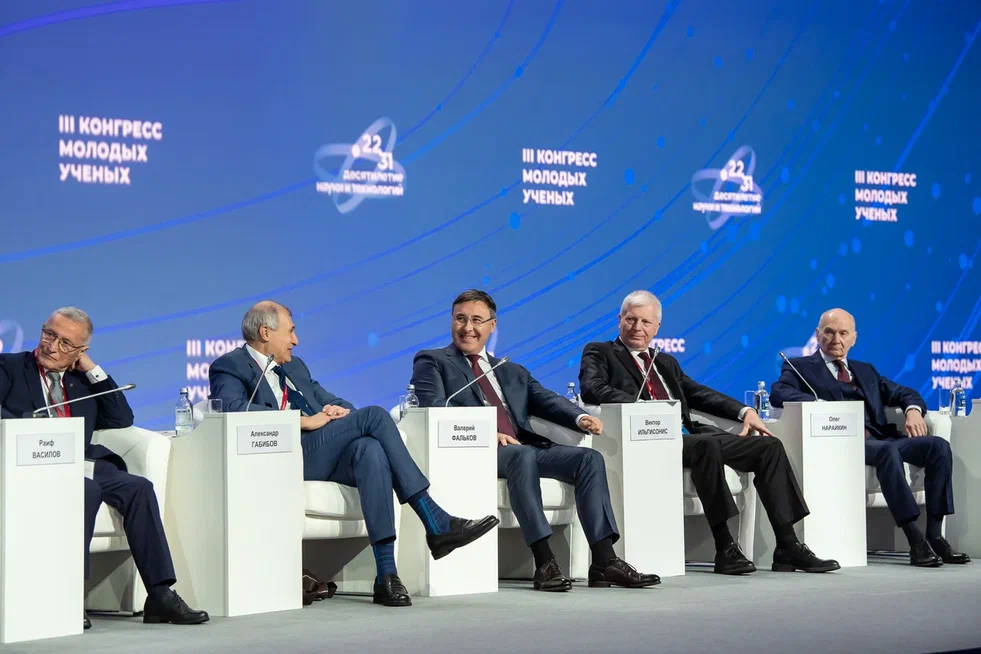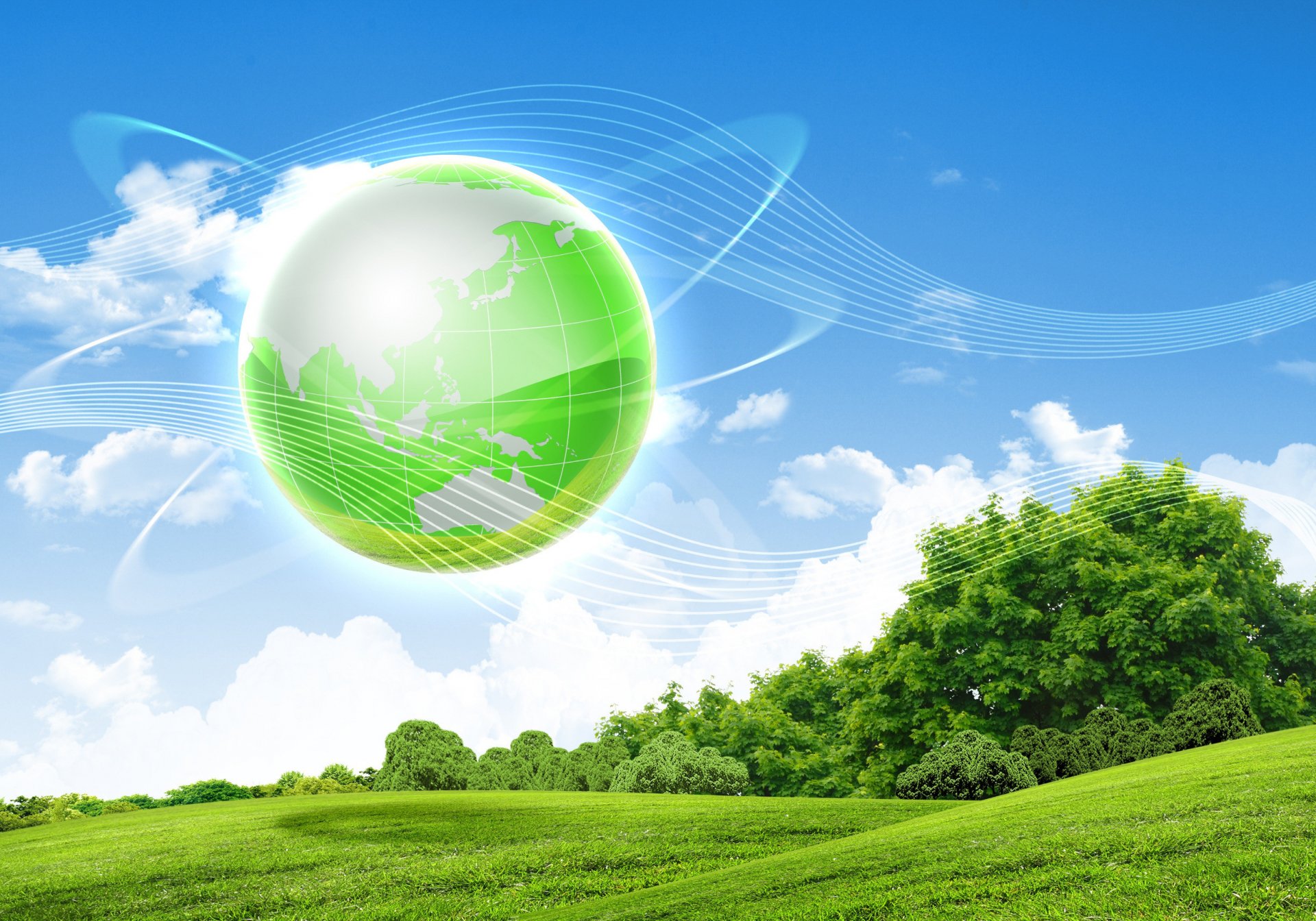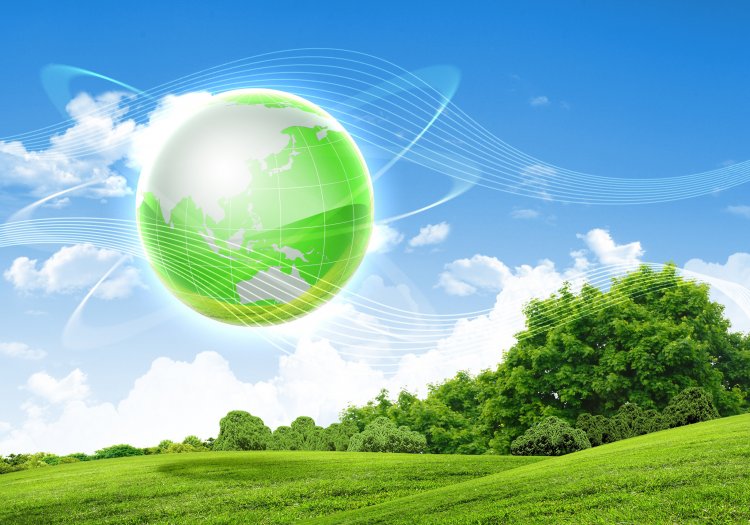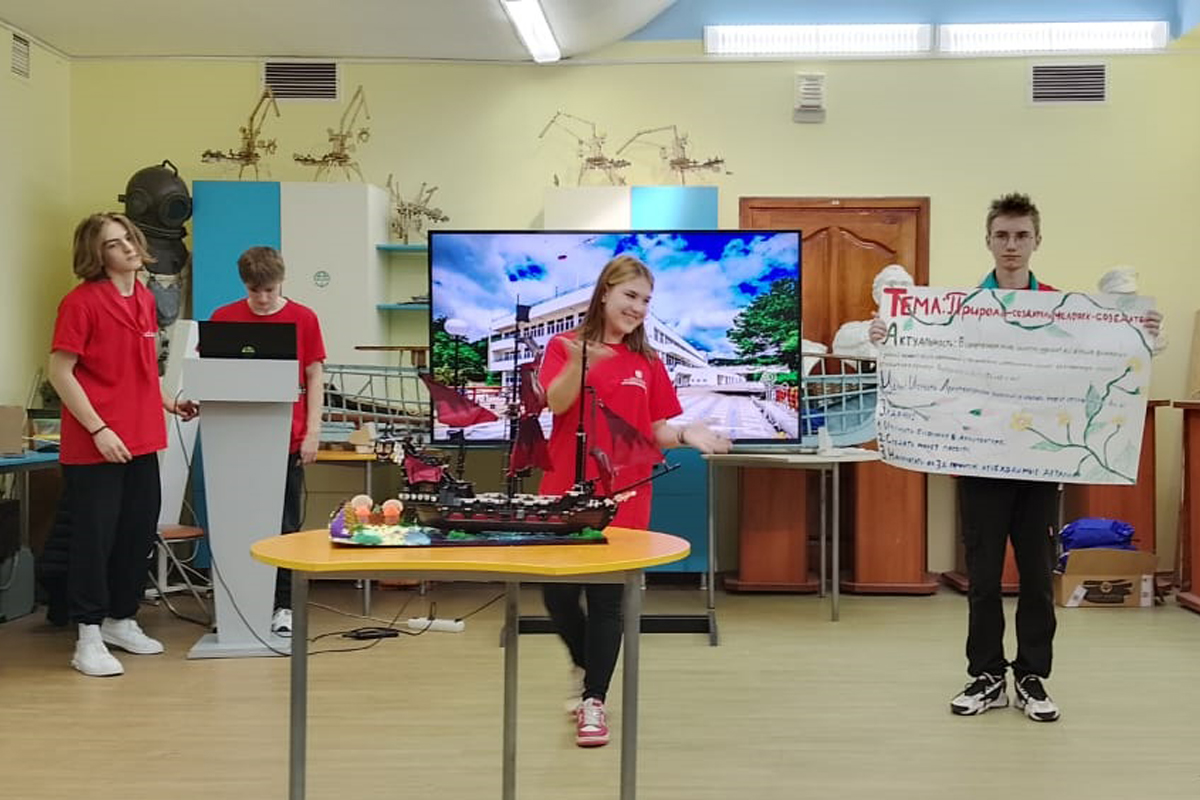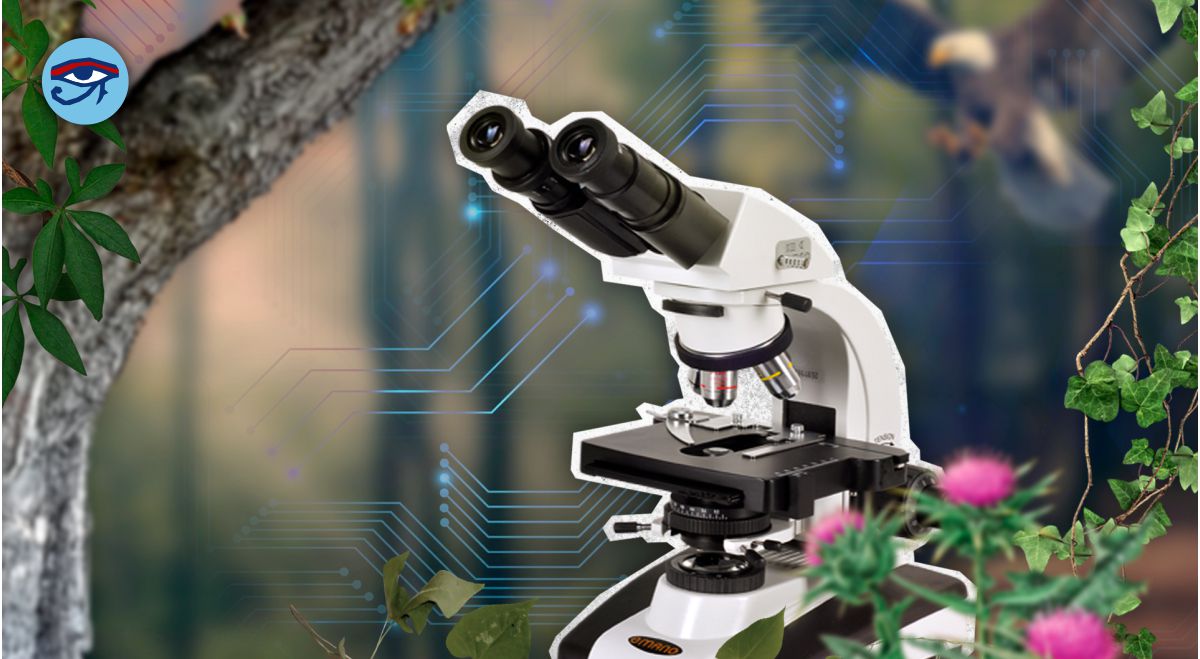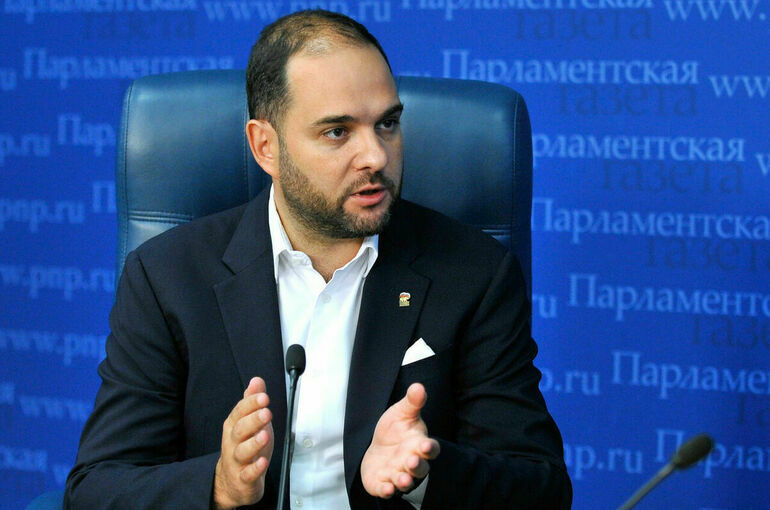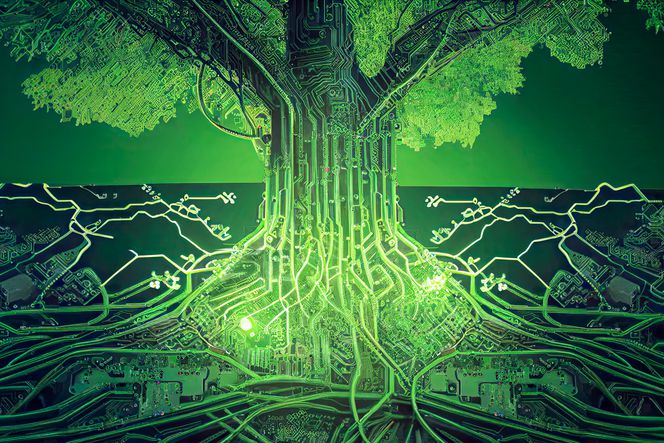Lalas
Star
- Joined
- Nov 8, 2022
- Messages
- 1,383
Press Center of the National Research Center "Kurchatov Institute"
02.11.2023
The Kurchatov Institute summed up the results of the International Forum of Nature-Like Technologies
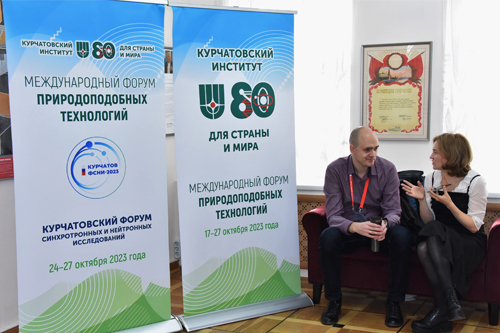
 nrcki.ru
More than 20 scientific events, about 1,500 scientists, representatives of research centers from all over Russia (from Vladivostok to Crimea), as well as from Asia, Africa and Europe... The International Forum of Nature-Like Technologies, which lasted from 17 to 27 October, was one of the main events of the month not only for the Kurchatov Institute, but for Russian science as a whole.
nrcki.ru
More than 20 scientific events, about 1,500 scientists, representatives of research centers from all over Russia (from Vladivostok to Crimea), as well as from Asia, Africa and Europe... The International Forum of Nature-Like Technologies, which lasted from 17 to 27 October, was one of the main events of the month not only for the Kurchatov Institute, but for Russian science as a whole.
The development of nature-like technologies is the central task of the Kurchatov Institute in the 21st century. And, as Mikhail Kovalchuk, President of the Center, emphasizes, there is virtually no alternative to this approach:
"If humanity wants to avoid a global resource crisis, and first of all, an energy crisis, we will have to create a new technosphere based on the principles of the work of living nature, and not on antagonism with it."
The topics of the forum were genetics, as well as synchrotron and neutron research. "Genetic technologies and research methods that make it possible to work with substances at the atomic level are some of the main tools for the development of nature-like technologies," Yulia Dyakova, First Deputy Director of the Center for Science, explained the choice of topics.
In addition, both areas are being developed within the framework of federal scientific and technical programs (FNTP), where the Kurchatov Institute is the leading scientific organization. "The forum showed that the FNTP successfully fulfills its coordinating function, consolidating the scientific environment around priority tasks," comments Yulia Dyakova. "We see that these areas are becoming more and more interesting and in demand, including among young scientists; Communities are formed around them."
Main events of the International Forum of Nature-Like Technologies:
Kurchatov Genome Forum ("KurchatovGenTech-2023");
Visiting meeting of the Public Council of the Basic Organization of the CIS Member States for the Development of Megascience Research Infrastructure;
Kurchatov Forum of Synchrotron and Neutron Research
Throughout the forum, there was an interactive platform "Wineology", telling about the development of domestic viticulture and winemaking in the context of a scientific approach, as well as about the work carried out in this area by the Kurchatov Institute. In particular, projects related to the study of the genome of grape varieties, the protection of the authenticity of Russian wines, and the selection of new yeast strains were demonstrated.
In addition, within the framework of the forum, the exposition of the project "Our Lab" was demonstrated, where scientific equipment from Russian and Belarusian companies was presented. The idea of the project is to collect information on laboratory devices, components, consumables for the work of researchers and engineers produced in the Union State, to support manufacturers and help scientists overcome difficulties with imports.
Aide to the President of the Russian Federation Andrey Fursenko, Minister of Education and Science of the Russian Federation Valery Falkov and his deputy Denis Sekirinsky, Minister of Health of the Russian Federation Mikhail Murashko, Deputy Chairman of the State Duma of the Russian Federation Irina Yarovaya, Chairman of the Federation Council Committee on Science, Education and Culture Lilia Gumerova, Head of Rospotrebnadzor Anna Popova, Deputy Chief of Staff of the Government of the Russian Federation Olga Krivonos and others were guests of honor at various events of the Forum."
02.11.2023
The Kurchatov Institute summed up the results of the International Forum of Nature-Like Technologies
В Курчатовском институте подвели итоги Международного форума природоподобных технологий
В Курчатовском институте подвели итоги Международного форума природоподобных технологий
The development of nature-like technologies is the central task of the Kurchatov Institute in the 21st century. And, as Mikhail Kovalchuk, President of the Center, emphasizes, there is virtually no alternative to this approach:
"If humanity wants to avoid a global resource crisis, and first of all, an energy crisis, we will have to create a new technosphere based on the principles of the work of living nature, and not on antagonism with it."
The topics of the forum were genetics, as well as synchrotron and neutron research. "Genetic technologies and research methods that make it possible to work with substances at the atomic level are some of the main tools for the development of nature-like technologies," Yulia Dyakova, First Deputy Director of the Center for Science, explained the choice of topics.
In addition, both areas are being developed within the framework of federal scientific and technical programs (FNTP), where the Kurchatov Institute is the leading scientific organization. "The forum showed that the FNTP successfully fulfills its coordinating function, consolidating the scientific environment around priority tasks," comments Yulia Dyakova. "We see that these areas are becoming more and more interesting and in demand, including among young scientists; Communities are formed around them."
Main events of the International Forum of Nature-Like Technologies:
Kurchatov Genome Forum ("KurchatovGenTech-2023");
Visiting meeting of the Public Council of the Basic Organization of the CIS Member States for the Development of Megascience Research Infrastructure;
Kurchatov Forum of Synchrotron and Neutron Research
Throughout the forum, there was an interactive platform "Wineology", telling about the development of domestic viticulture and winemaking in the context of a scientific approach, as well as about the work carried out in this area by the Kurchatov Institute. In particular, projects related to the study of the genome of grape varieties, the protection of the authenticity of Russian wines, and the selection of new yeast strains were demonstrated.
In addition, within the framework of the forum, the exposition of the project "Our Lab" was demonstrated, where scientific equipment from Russian and Belarusian companies was presented. The idea of the project is to collect information on laboratory devices, components, consumables for the work of researchers and engineers produced in the Union State, to support manufacturers and help scientists overcome difficulties with imports.
Aide to the President of the Russian Federation Andrey Fursenko, Minister of Education and Science of the Russian Federation Valery Falkov and his deputy Denis Sekirinsky, Minister of Health of the Russian Federation Mikhail Murashko, Deputy Chairman of the State Duma of the Russian Federation Irina Yarovaya, Chairman of the Federation Council Committee on Science, Education and Culture Lilia Gumerova, Head of Rospotrebnadzor Anna Popova, Deputy Chief of Staff of the Government of the Russian Federation Olga Krivonos and others were guests of honor at various events of the Forum."

